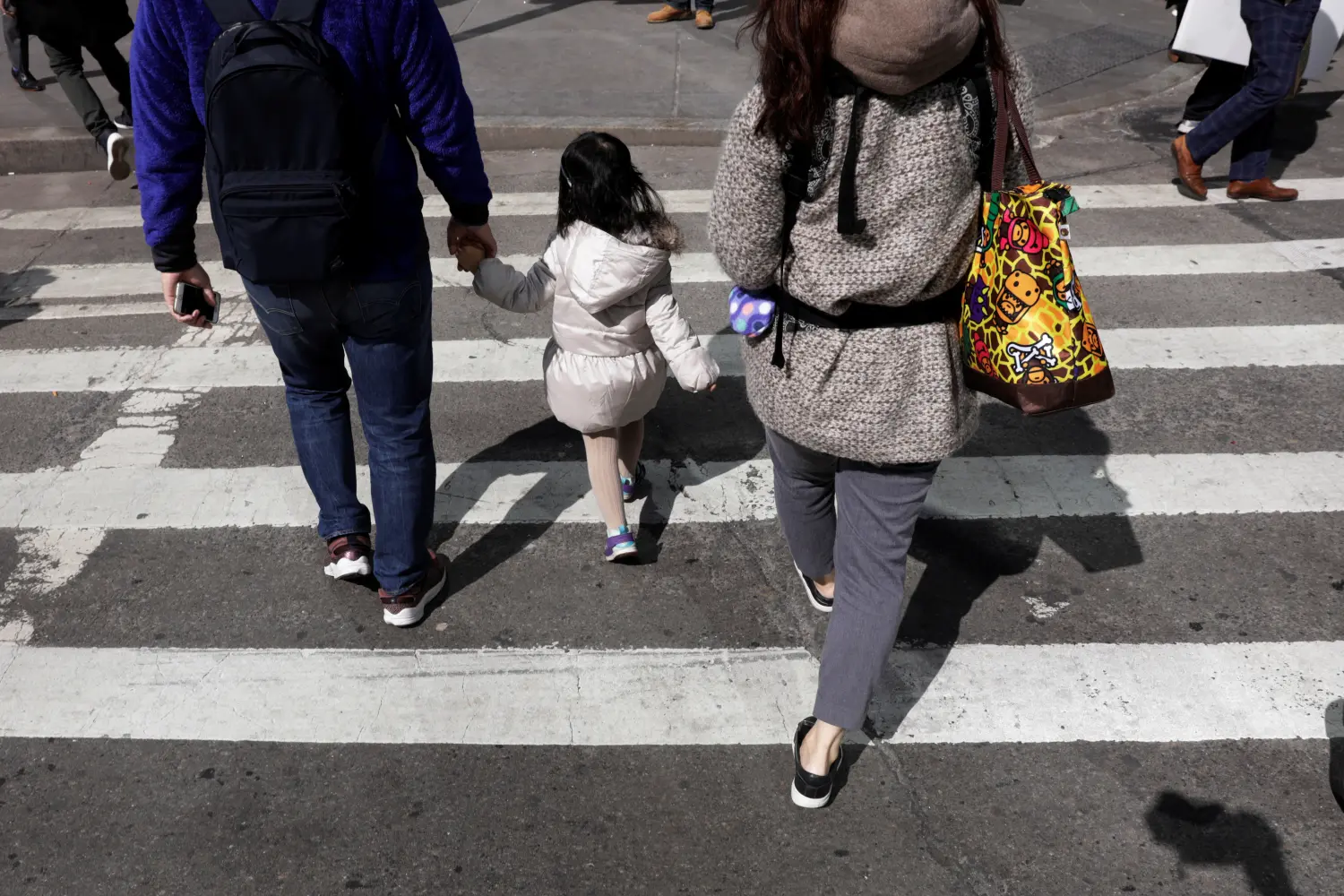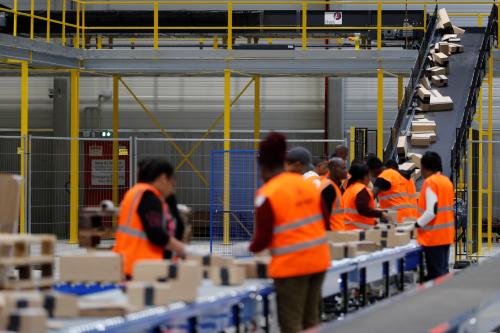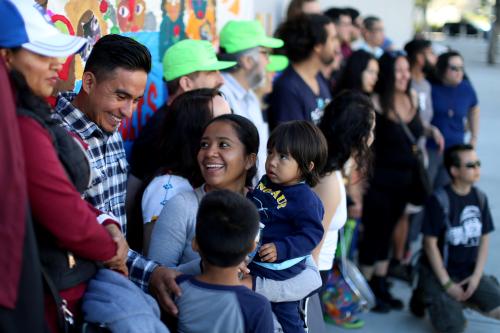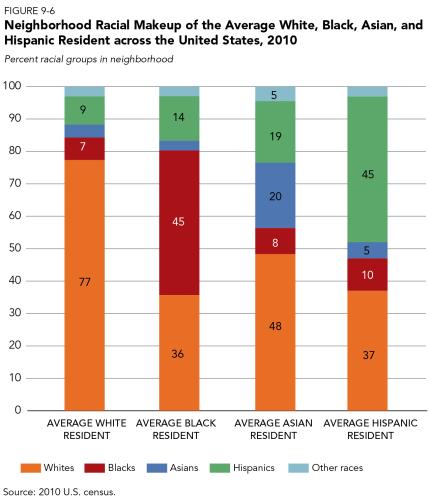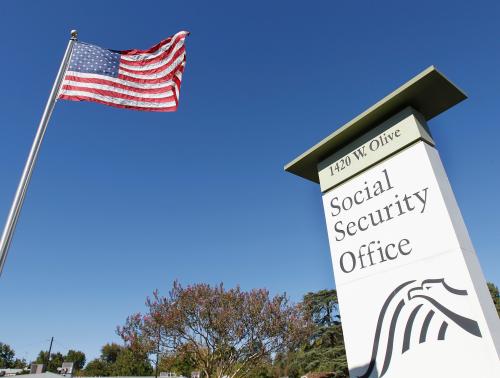Welfare reform is in the air again. Congressional Republicans are pushing for greater work incentives to be attached to the receipt of certain benefits, especially SNAP and Medicaid. Our colleague Ron Haskins has made the case in favor here; our colleagues Lauren Bauer and Dinae Whitmore Schanzenbach have warned against here. (Brookings is a broad church, you see).
Most people following the debate could be forgiven for thinking this is solely a conversation about the help offered to the poor. This is not the case. An increasing share of spending on the safety net goes to families above the poverty line. Low-income and even middle-income families are also more reliant on means-tested transfers than in the past.
Means-tested spending on the middle class has doubled…
The share of means-tested transfers going to the middle class – here, defined as the middle 60% of the income distribution (the broad definition adopted by our Future of the Middle Class Initiative) – has more than doubled since 1979, to match the level of spending on families in the bottom fifth, according to Current Population Survey (CPS) data analyzed by the Congressional Budget Office (CBO):
(To get a sense of the kinds of families we are talking about here, the income thresholds for the second to fifth quintiles in 2014 for a family of three were $36,600, $62,900, $95,200 and $146,700.) At the same time, spending on means-tested transfers (as well as tax credits) have increased over this time period—implying that not all of the increased spending has been flowing to those with the lowest incomes.
…especially for the lower-middle class
The large overall increase is for families in the second income quintile, from 13% to 26%. But from a lower base, there have been increases across the broader middle class, with the shares to each of the middle three quintiles doubling between 1979 and 2014. For every $7 spent on means-tested benefits, $1 was going to families in the middle quintile of the income distribution in 2014:
These trends echo the detailed findings of Diane Whitmore Schanzenbach and Hilary W. Hoynes, using income brackets based on the poverty line and focused especially on children, in their 2018 paper “Safety net investments in children” from the Brookings Panel on Economic Activity. As they summarize, safety net expenditure (which in their analysis included tax credits) has “shifted away from the lowest earnings levels and moved up the income distribution.”
There are some important issues related to the quality of data here: overall, the quality of information in household surveys on earnings and both in-kind and cash benefits has deteriorated in recent years, as Bruce Meyer of the University of Chicago and his colleagues have shown. The CPS appears to be suffering particularly from underreporting. That said, the broad trends highlighted here are found in studies using varying sources, such as the Schanzenbach and Hoynes paper mentioned above.
SNAP and Medicaid for the middle class
Two of the main drivers of this shift seem to be two that are once again in the headlines, on both sides of the aisle: Medicaid and the Supplemental Nutrition Assistance Program (SNAP). Most Medicaid spending now goes to families above the bottom quintile of the distribution:
For SNAP, the trend is less stark, with most spending still flowing to the poorest families. Nonetheless, the share going to the second quintile has risen steadily, to account for a quarter of the overall SNAP expenditure by 2014:
Age matters too
Demographic changes, specifically an aging population, play a role as well. We repeated the above analysis separating out elderly-headed (65 or older) households and nonelderly-headed households. The trend remains, but is noticeably starker for elderly-headed households. In this subgroup, the middle class now takes up nearly 60 percent of the means-tested transfer pie—three times more than they did in 1979.
Health care is the main driver. Low-income subsidies for Medicare Part D, which helps seniors buy prescription drugs, increased the share of spending going to the middle class. Medicaid also plays a huge role. The share of Medicaid dollars going to elderly-headed households in the middle class has nearly tripled since 1979. This trend isn’t surprising given the aging population and excess cost growth in healthcare spending. As medical costs grow faster than the economy, more means-tested transfers (the largest of which is Medicaid) will go towards healthcare spending. Since the elderly have high healthcare costs and Medicaid spending is based in part on medical need rather than just income, more means-tested transfer dollars will flow to elderly-headed households in the middle class. Further, certain eligibility rules, specifically the special income rule, give lower middle-class seniors access to Medicaid.
In contrast, nonelderly-headed households see a relatively less dramatic trend. Still, the share of means-tested transfers going to middle-class households in this group have increased by almost 65 percent since 1979.
The safety net matters more, to more people
Share of the pie does not give the whole story, of course. Indeed, one of the challenges with looking at the shares received by different quintiles is that these may change not as result of middle class families getting more, but fewer poorer families getting benefits, or receiving less than in the past. (This is a point made by Schanzenbach and Hoynes in their BPEA paper).
The share of overall spending may not translate into the reliance of different kinds of households on these benefits. So a related question is whether safety benefits make up a bigger proportion of the incomes of middle-class Americans today than in the past. The short answer: yes. Safety net benefits have steadily grown as a proportion of income (after taxes and transfers) not only for the poorest, but for middle-income households too:
Causes and consequences of a middle-class safety net
The upward expansion of the safety net reflects in part a series of policy choices. Legislation in the 80s and 90s expanded eligibility for Medicaid, including the creation of the Children’s Health Insurance Program (CHIP), largely to children and their families. (In 2007, then-President George W. Bush vetoed CHIP expansion twice citing the need to “put poor children first”). SNAP has been amended numerous times since the 70s. Some of these have aimed to provide help to more families: for example, reforms enabling “categorical eligibility” for SNAP have allowed some families to forgo income and asset tests to obtain benefits.
At the same time, the greater share of these means-tested benefits going to those somewhat higher up the income ladder may reflect broader economic trends in term of inequality, or higher costs in some sectors (e.g.. for Medicaid). The broader reach of these benefits may also be a factor behind growing calls for “progressive universalism” in place of means-testing, or even more radical reforms such as a universal basic income.
Rather than expanding the safety net, which by definition is likely to provide only modest support, a more promising solution is to exert concerted policy efforts to raise wages and invest in the human capital of middle-class families. In her forthcoming book, The Forgotten Americans, our colleague Isabel Sawhill proposes several policies to raise middle-class wages, including tax credits for companies who train and share profits with their employees. Sawhill also calls for wage insurance to help workers adjust to the changing economy and more funding for career and technical education to increase human capital. Sawhill’s intuition is that in the long run, investing in, rather than subsidizing, middle-class families is likely to prove a better path to promoting long-term economic growth, and indeed broader social equity.


